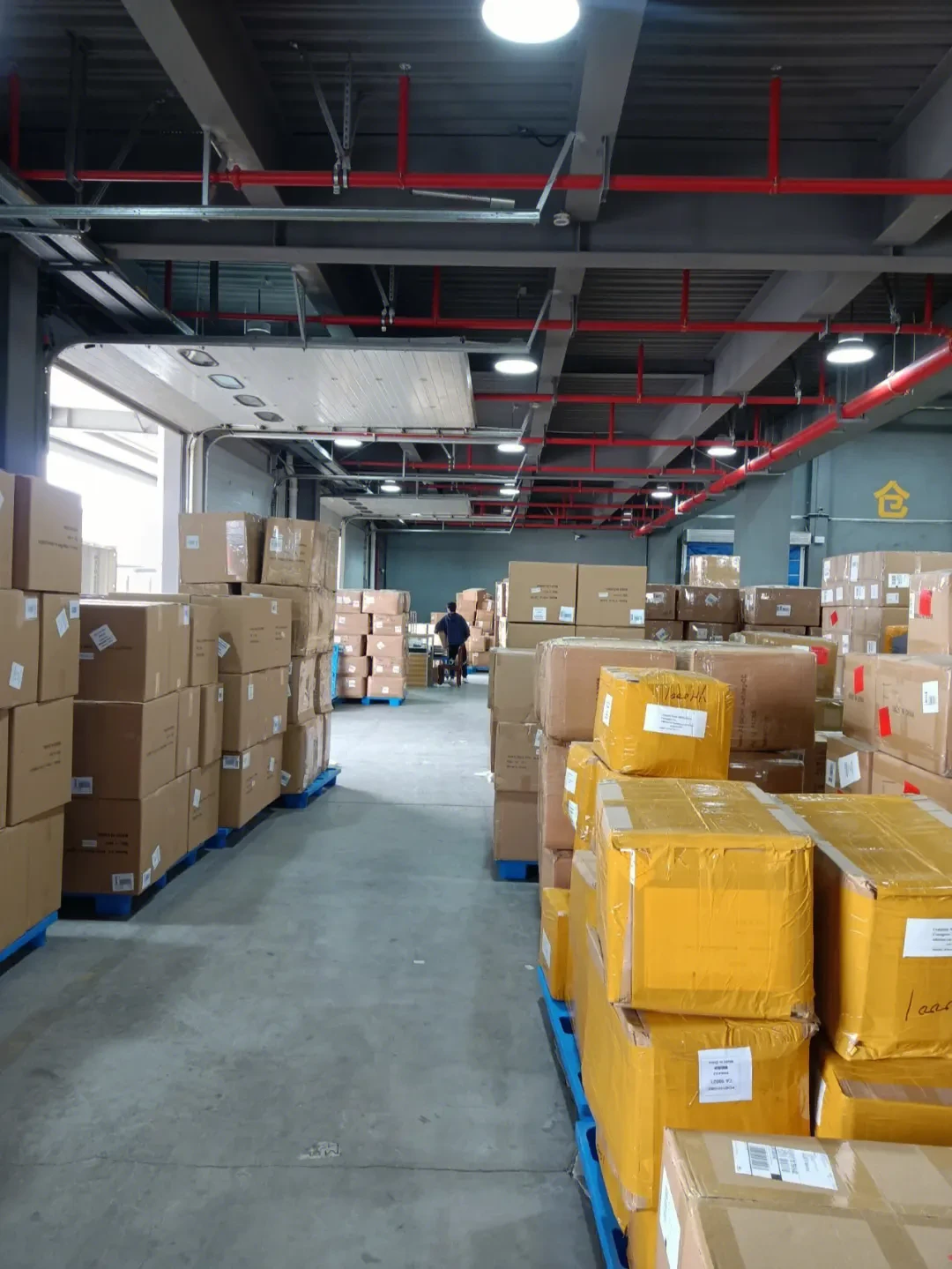Understanding UV Additives for Plastic
In today's rapidly evolving world of materials science, the use of plastics has become ubiquitous across various industries, from packaging to automotive and consumer goods. However, the exposure of plastic products to ultraviolet (UV) radiation poses a significant challenge. UV radiation can lead to degradation, discoloration, and a reduction in the durability and lifespan of plastic materials. To combat this deterioration, the application of UV additives for plastic has emerged as a crucial area of development.
What are UV Additives?
UV additives are chemical compounds integrated into plastic materials to absorb, reflect, or dissipate the damaging effects of UV radiation. By doing so, these additives safeguard the integrity of plastics, enhance their longevity, and maintain their aesthetic appeal. UV stabilizers come in various forms, including UV absorbers, hindered amine light stabilizers (HALS), and antioxidants, each serving a specific protective function.
1. UV Absorbers These additives function by absorbing UV radiation and converting it into harmless heat, thus preventing damage to the polymer structure. Common examples include benzotriazole and benzophenone derivatives. By absorbing harmful UV rays, they prevent them from breaking chemical bonds in the plastic, which can lead to brittleness, discoloration, or other forms of degradation.
2. Hindered Amine Light Stabilizers (HALS) HALS play a critical role in maintaining the physical properties of plastic by preventing the formation of free radicals that can cause degradation. They operate by scavenging the free radicals produced during UV exposure, thereby prolonging the material's effectiveness and ensuring that it retains its mechanical strength and durability over time.
3. Antioxidants Though primarily designed to protect against oxidation, antioxidants often work synergistically with UV stabilizers. By mitigating the oxidative stress caused by UV exposure, these additives further enhance the performance and longevity of plastic products.
Why Are UV Additives Essential?
uv additive for plastic

1. Prolonging Lifespan UV additives significantly extend the service life of plastic products by preventing or delaying photodegradation. This is especially important for applications such as outdoor furniture, automotive components, and building materials exposed to sunlight.
2. Maintaining Aesthetic Qualities In consumer goods, appearance plays a crucial role in consumer preference. UV additives help retain the color and transparency of plastics, ensuring that products remain visually appealing over time despite being subjected to harsh environmental conditions.
3. Cost-Effective Solutions While incorporating UV additives does increase the initial cost of plastic materials, the long-term benefits far outweigh these expenses. Reduced product failure rates lead to lower replacement costs and less waste, making UV additives an economically viable solution.
4. Compliance with Regulations As environmental regulations become increasingly stringent worldwide, using UV additives can help manufacturers comply with performance standards related to durability and longevity. Meeting these standards not only ensures product safety but also enhances the brand’s reputation.
Innovations in UV Additive Technology
Recent advancements in UV additive technology have led to the development of more efficient and environmentally friendly options. Researchers are focusing on bio-based additives and nanomaterials, which promise enhanced performance with reduced environmental impact. Additionally, the rise of smart materials that can respond to UV exposure opens new avenues for enhancing protective measures in plastics.
Conclusion
As the demand for durable and aesthetically pleasing plastic products continues to rise, the importance of UV additives cannot be overstated. They serve as a critical line of defense against the harmful effects of UV radiation, ensuring that plastics maintain their performance and visual appeal over time. With ongoing research and innovations in this field, the future looks promising for the development of even more effective and sustainable UV stabilizers. Incorporating these additives into plastic formulations not only enhances the longevity of materials but also aligns with the growing emphasis on sustainability and responsible manufacturing practices in today’s market. By understanding and implementing UV additives, manufacturers can significantly improve the performance and value of their plastic products, paving the way for more resilient and consumer-friendly solutions.

